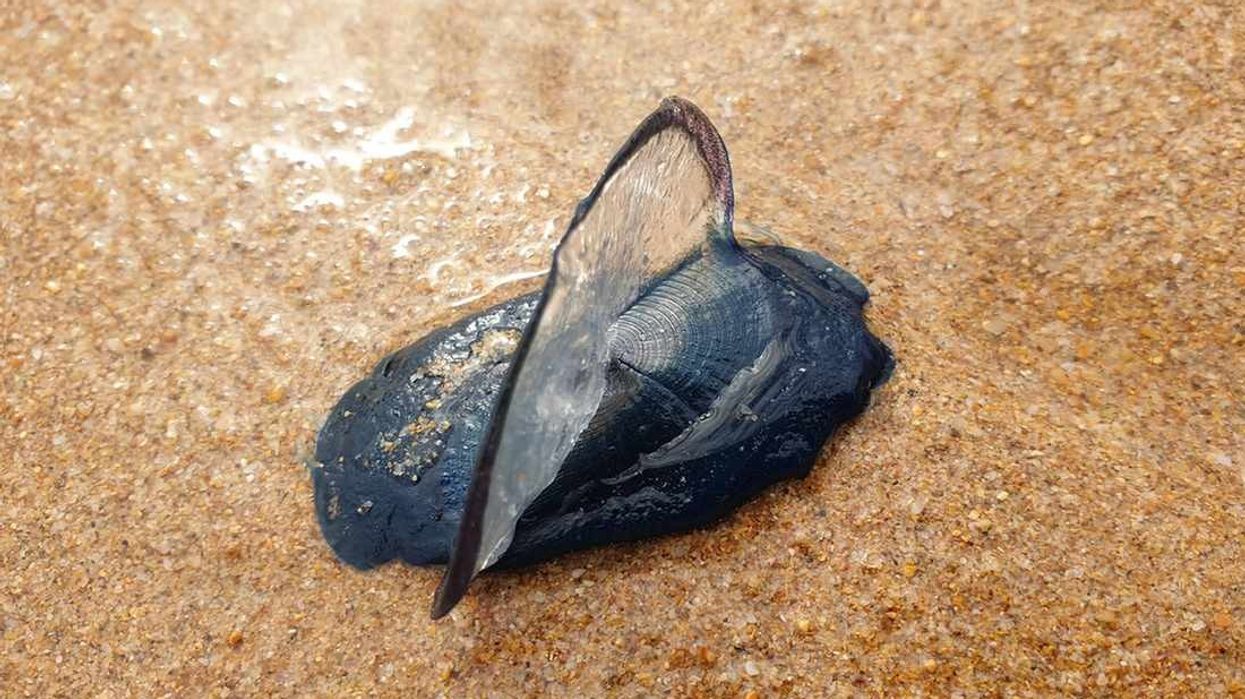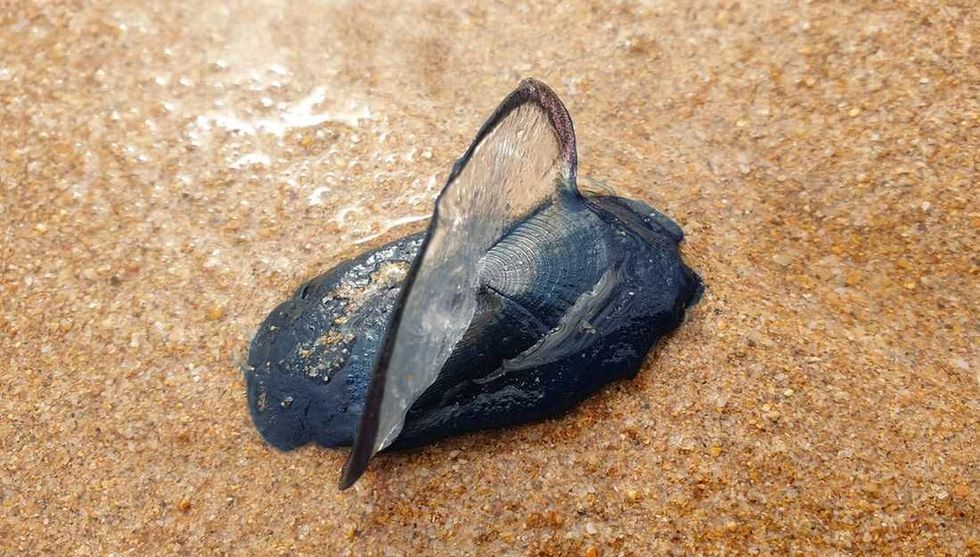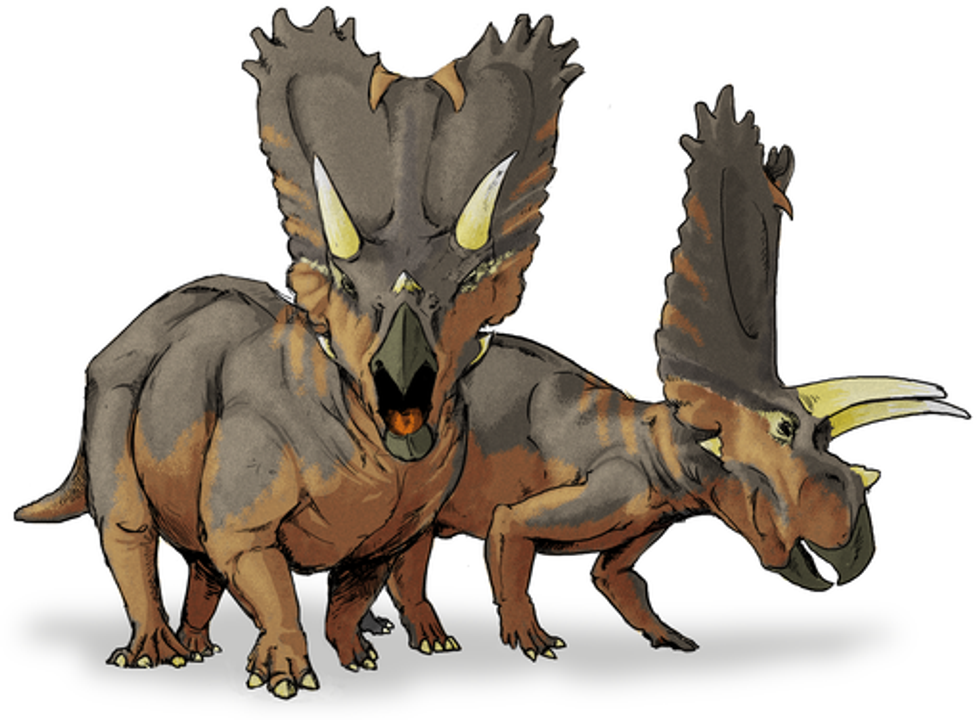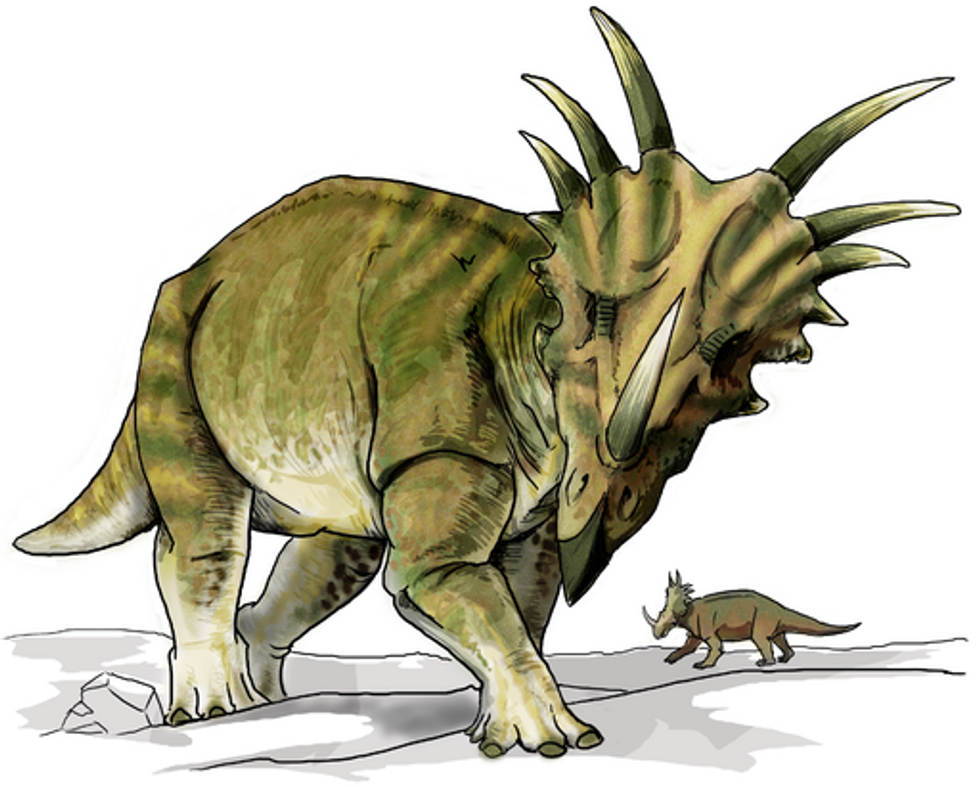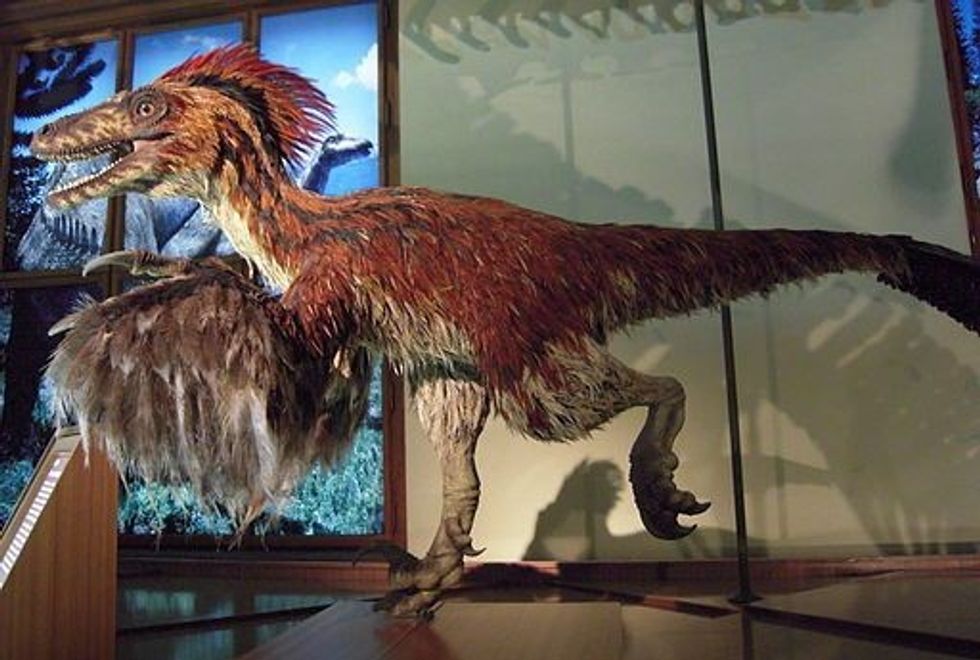A velella velella band is a single-genus hydrozoa of the Porpitidae family. Often compared to a Portuguese man of war, both are different.
Velella is a solitary species, a universal hydrozoan that lives on the outside of the vast sea either in spring and early summer or winter. It is generally known by the names ocean pontoon, by-the-wind mariner and wind sailors, purple sail, little sail, or essentially Velellas.
Velella sailor is a hydroid species, and most are around 3 in (7 cm) long. Velella (wind sailor) are generally dark blue in shading. During spring and early summer, these animals might be abandoned in huge numbers on seashores by strong wind conditions.
They get their prey through arms that hang down in the temperate and tropical water. These animals are also called nematocysts.
Here are some of the most interesting facts about the Velella velella species also known as wind sailors. Afterward, do check our other articles on box jellyfish and barrel jellyfish.
Velella Velella Interesting Facts
What type of animal is a Velella velella?
Velella velella jellyfish is a solitary sort of hydrozoa of the Porpitidae family. Velella velella shine bright at night with a faint light. It is also known as a wind sailor and can be commonly found along the sea surface.
What class of animal does a Velella velella belong to?
The Velella order belongs to the invertebrates hydrozoans class of the family Porpitidae.
How many Velella velellas are there in the world?
There is no accurate information on the total number of Velella velellas from the order Chondrophora that are there in the world. It is assumed that their population is stable across its range of habitats.
Where does a Velella velella live?
Velella velella, from order Chondrophora, dwell in warm and temperate seas at depth range starting from the sea surface itself. They reside at the surface, with their head above the water and body approximately 0.03 in (1 mm) below. A pleuston is an organism that lives partially in and partly outside of water.
What is a Velella velella's habitat?
For the majority of its life, this hydroid polyp floats on the surface of the Pacific Ocean. It never contacts or even gets close to the ocean floor, and the larval stage is the only time in its existence when it is totally submerged underwater.
The velella starts its life in the Pacific Ocean, is brought by the breeze to the shores, and is generally projected upon a seashore. Their habitat range spans across rocky shores, bays, sandy shores, and pelagic zones.
Who does Velella velella live with?
Velella velella can be found living alone and floating on the surface of seas or near beaches. This hydrozoa sails at a 45-degree angle to the prevailing wind, just like a sailing boat.
How long does a Velella velella live?
Velellas' life expectancy is hard to estimate. It may live for up to four or five years to complete its entire life cycle.
How do they reproduce?
Velella velella reproduce through asexual reproduction, wherein it sheds off pieces which are called the medulla. These medullas have a presence of both male and female counterparts.
What is their conservation status?
These hydrozoas can be seen along the beaches and seas across their habitat but there are no accurate estimates as to their total population at present. It is believed that their conservation status is of Least Concern at present.
Velella Velella Fun Facts
What do Velella velella look like?

The Velella, in some cases, is called a Portuguese warship and has cellophane-like buoys and erect three-sided corners.
The invertebrate is a hydrozoa that doesn't swim from the base and is sessile above water. The projection of the Velella sails is at an angle of 45 degrees so that the creature can exploit the wind, out of nowhere.
It is conjectured that the various types of this marine creature are blended in the Pacific Ocean as a hatchling, and that breeze and wave designs during improvement and development cause them to move towards the coast.
How cute are they?
The blue-colored Velella is so attractive to look at when they are spotted near the beaches. They look gorgeous floating on the surface.
How do they communicate?
Nothing is known about the communication methods used by Velellas.
How big is a Velella velella?
Velella velella are around 1.5-3 in (40-80 mm), which is about 15 times the size of the immortal jellyfish.
How fast can Velella velella move?
Velella remains stable on the surface of the water and never moves or swims. The interesting feature is its uniquely slanted sail allows it to be blown away by the wind.
How much does a Velella velella weigh?
The weight of this animal is around 0.0031 oz (8.78 mg). They weigh 25 times lighter than monarch butterflies.
What are the male and female names of the species?
There is no specific name for a male and female of the species Velella velella.
What would you call a baby Velella velella?
There is no specific name for a baby Velella velella. It is known as a young Velella velella.
What do they eat?
Velella remains stable at a position and feeds on whatever it gets its hands on. If the prey is passing by Velella, then it quickly attacks and devours it.
The known predators for this hydrozoa are sea snails.
Are they poisonous?
Fortunately for beachgoers, Velella velella is not harmful to the touch. They do have toxins, however, the stings are probably not going to hurt people.
Would they make a good pet?
No, they cannot be kept as a pet, as the habitat is not suitable for them outside its origin.
Did you know...
The bearing of the Velella sail floating along figures out what direction the by-the-wind mariner will travel. In the event that the Velella sail runs north-west to south-east alongside the buoy, it will float left of the breeze course, if the Velella sail runs south-west to north-east it will float right of the breeze.
Does Velella jellyfish sting?
No, Velella doesn’t sting, but experts at Oregon State University advise avoiding this jellyfish since they contain a minor neurotoxin.
Why are Velella velella dying?
Velella has also been proven to be very important in the diet of the larvae of a Critically Endangered species, the European eel (Anguilla anguilla). Velellas are also consumed by herbivorous fishes. Similarly, cephalopods, sea anemones, crabs, echinoderms, and various bird species have been observed feeding on Velella.
Here at Kidadl, we have carefully created lots of interesting family-friendly animal facts for everyone to discover! For more relatable content, check out our moon jellyfish facts and jellyfish facts pages.
You can even occupy yourself at home by coloring in one of our free printable Velella velella coloring pages.

